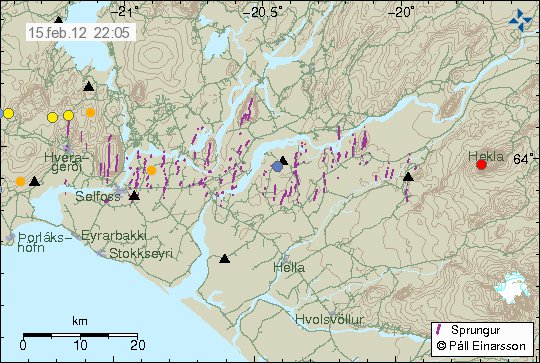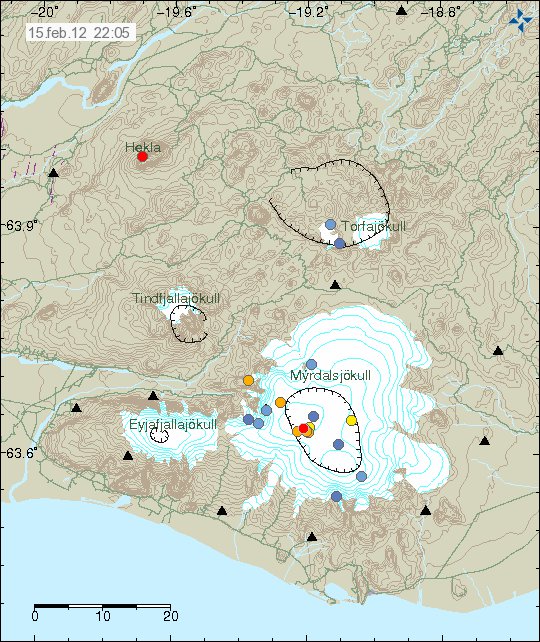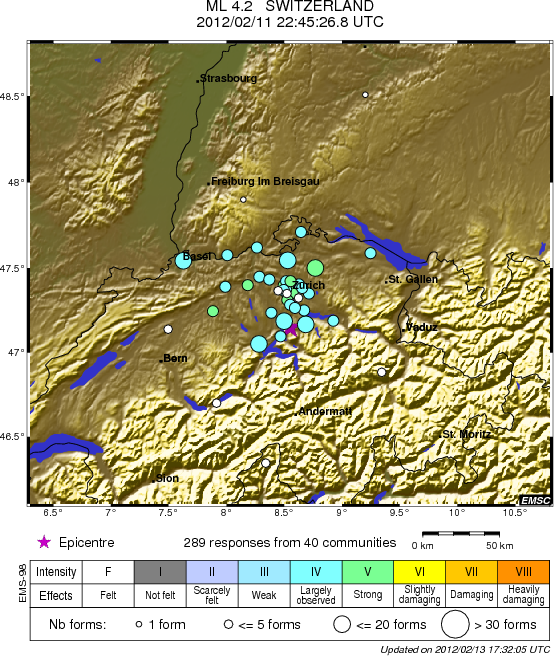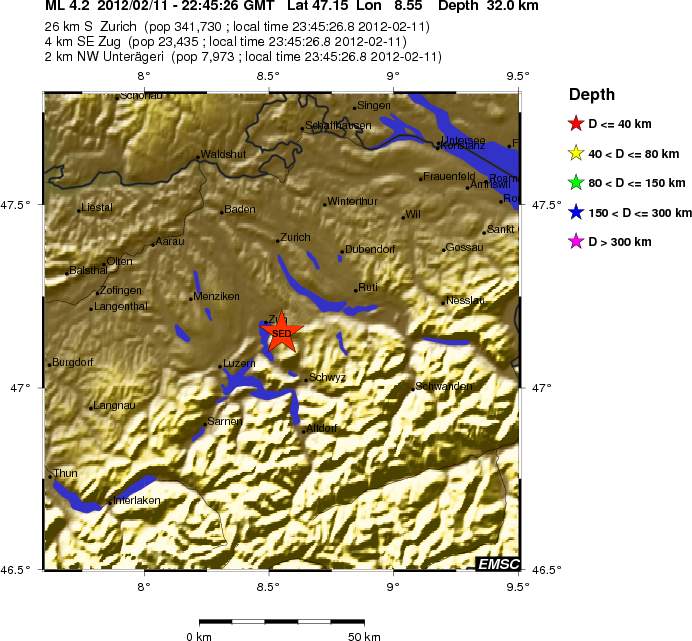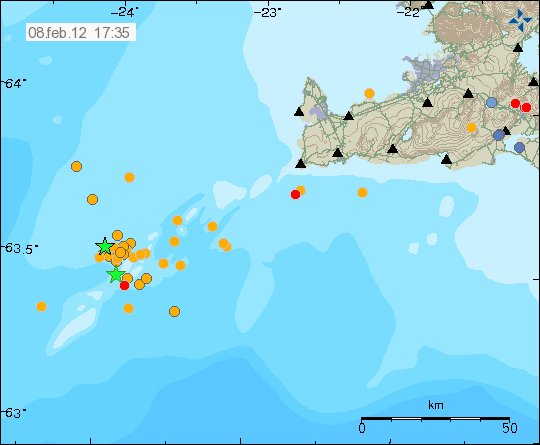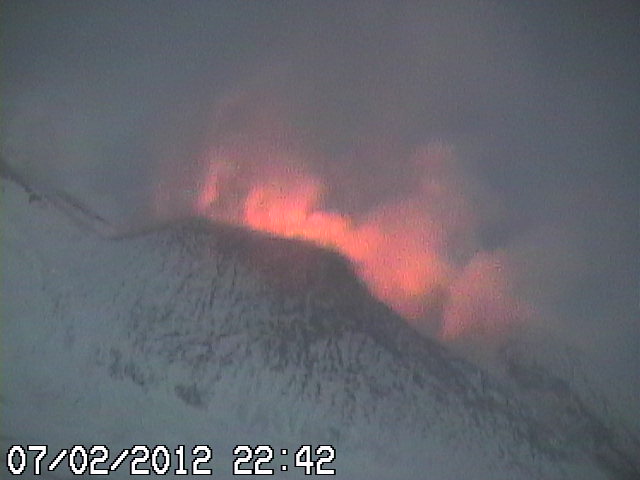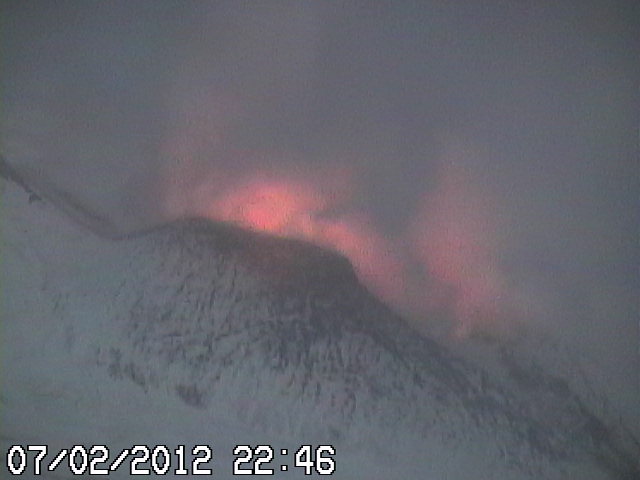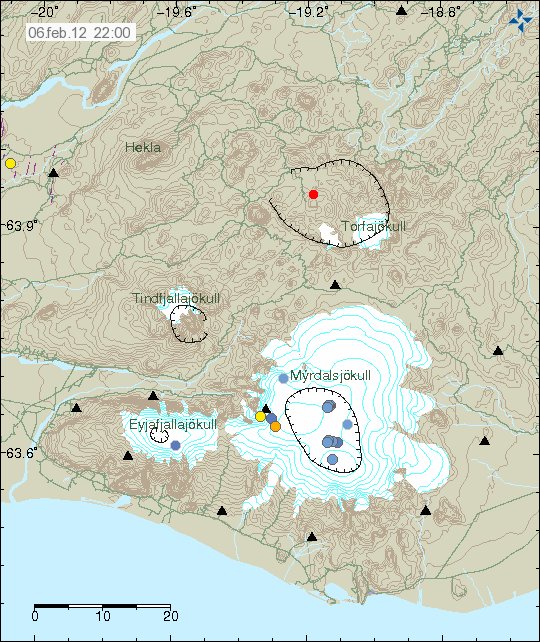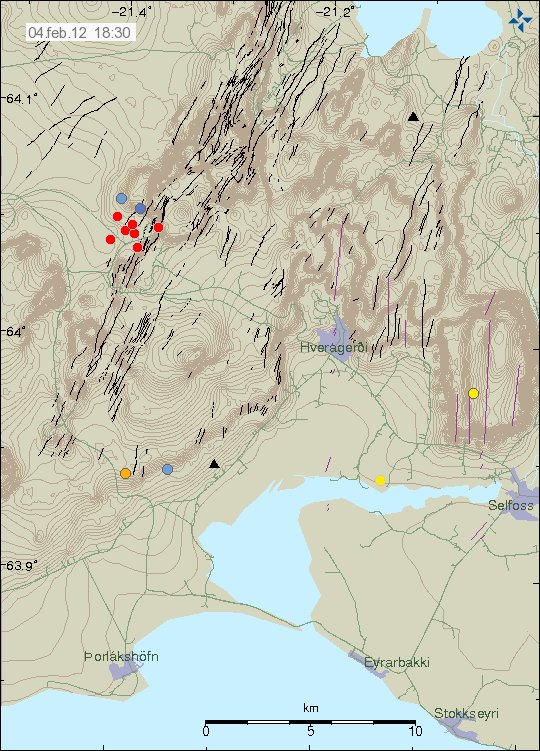As many know. I run a geophone network in Iceland. This is my personal network. I have for most part funded it all on my own. But the last two geophones where exception to that. As I did fund them with donations from this web site. That made it possible to setup geophones at Eyrarbakki and at Skeiðflöt, a geophone that is close to Katla volcano.
My geophone network is not complex. It is build up on Mark Products 4.5 Hz 3 component geophone, like this one here. I also have to use analog to digital board and an amplifier. Both I buy both from the same supplier. I also have to use a PC with every geophone station. That is the hardest part of the setup, as PC often fail without reason and with age. For that reason I plan to move to something else in the future. Something that is not PC powered. Having this geophone network allows me to watch the areas where I keep them in real time if something of interest happens. Like an earthquake swarm or a eruption.
Sensitivity of the geophone network
I have setup my geophone network in a such way that it is sensitive to earthquakes. The smallest earthquakes that I can detect in a good weather is somewhere around -2.0ML really close to the geophone. This means in the instance of Katla volcano, that I can see earthquakes down to ML0.2 in magnitude. But I did that this evening, and I did detected that earthquake trough an high noise level. In the case of Heklubyggð geophone (Hekla volcano) and Skeiðflöt (Katla volcano). I am clearly going to see any harmonic tremor that those two volcano are going to make when an eruption starts, when ever that might be.
Wind noise is an constant problem on my geophone network. There isn’t anything that I can do about it. As isolating setup requires a lot of money and a lot of work to setup and maintain properly. Something that I cannot afford. I also cannot do this. But I do try to insulate the geophones with some cheap ways, like keeping them indoor and placing an cheap plastic bucket on top of them with some insulating material. But that does not work in the worst storms that pass over Iceland during the winter. But works well against minor noise in the environment.
All that my geophones record can be viewed online here. The images are updated every 5. min.

